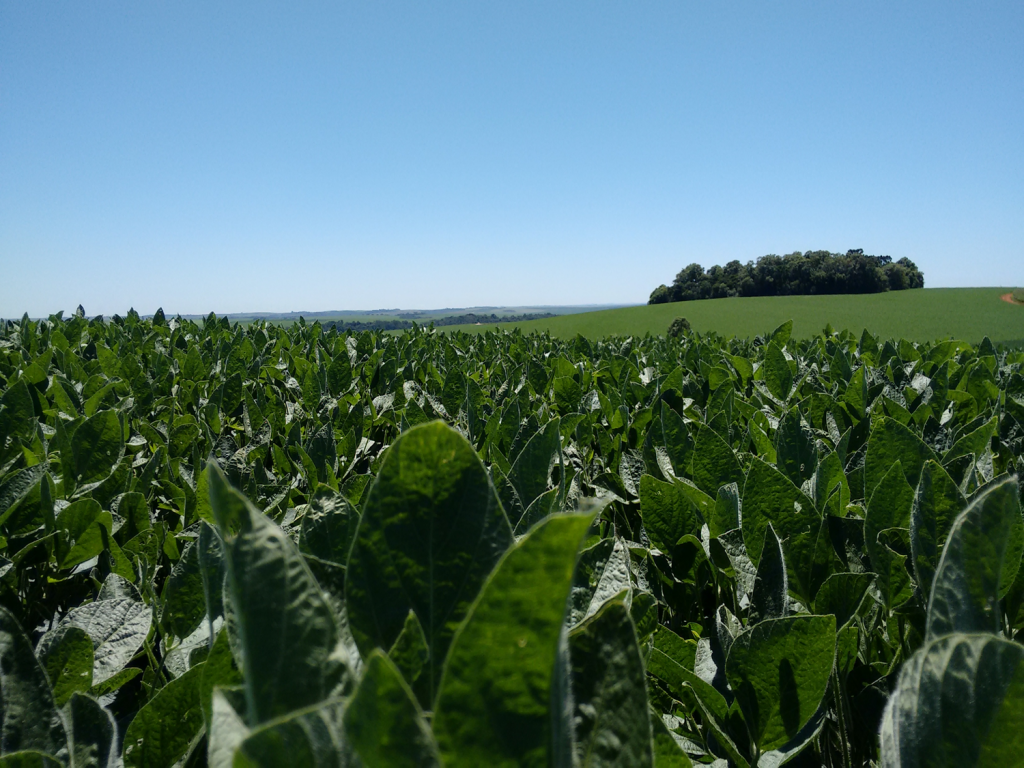Rev. Bras. Ciênc. Solo.2024;48(Spe1):e0230127.
Use and recovery of P reserves in Southern Brazil Oxisols under no-till with low and high P availability
10/Sep/2024
DOI: 10.36783/18069657rbcs20230127
Graphical Abstract

Highlights
In soils without fertilization the plants interact with non-labile P fractions.
Fertilization provides more P of labile fractions of P, thus conserving the legacy of P.
With high P available in NT without fertilization, P reserves maintain high grain yields for three years.
The causal model accounts the changes P uptake by plants in low-P and high-P soils.
ABSTRACT
The accessibility of soil P reserves by plants on highly weathered Brazilian soils remains unclear. In this study, we assessed the contribution of soil P fractions to P uptake by soybean plants in two no-till Oxisols (Latossolos), with low and high initial content of available P. The recommended P rates (viz., 153 and 50 kg ha-1 yr-1 in the low-P and high-P soil, respectively) were applied in the form of triple superphosphate (TSP) or Bayovar rock phosphate (BRP) plus a treatment without fertilizer. Yields of winter cereals and soybean on the studied soils were examined over a period of three years. Soil samples were collected in the 0.00-0.10 m soil layer and subjected to sequential chemical fractionation of P. In the last crop season, the P content of soybean shoot biomass was determined. Soil P fractions and P content of soybean shoots were subjected to path analysis. The addition BRP in the low-P soil resulted in a winter cereal yield of 2.0 Mg ha-1 lower than TSP. In the scenario of high P, it is possible to maintain high crop yields even without phosphate fertilization for three consecutive years. Path analyses demonstrated the addition of P using either TSP or BRP boosted the contribution of the more labile inorganic P fractions. The addition of BRP should be avoided in P-deficient soils. The addition TSP or BRP reduces the pressure of plants to use soil P reserves. Therefore, the soil P legacy should be considered in fertilization recommendations for high-P soils in NT.
496

